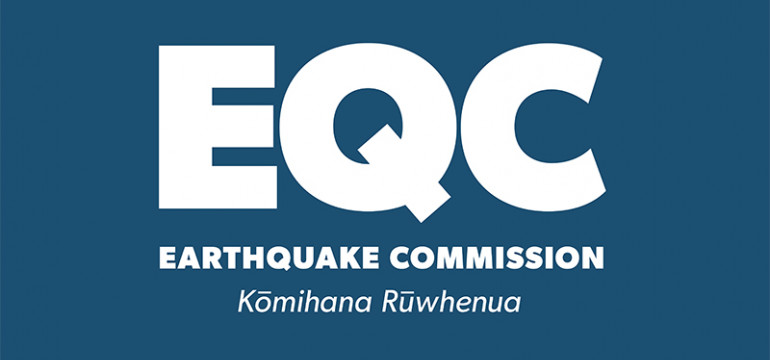Najif Ismail receives coveted Ivan Skinner Award
Earthquake devastation in Pakistan and Christchurch has been the driving force behind the work and career of this year’s Ivan Skinner Award winner in earthquake engineering.
Now based in Wellington, Dr Najif Ismail received the 2020 EQC/New Zealand Society for Earthquake Engineering Ivan Skinner Award this week.
Dr Ismail has been working with the Hutt City Council to assess earthquake risks to commercial and industrial buildings near the Wellington Fault line. The award will enable him to complete this vital research project.
Dr Ismail says he has dedicated his career to seismic hazards since his university days when his homeland Pakistan was hit by a huge earthquake in 2005 that killed 86,000 people.
“I had just finished my Bachelor’s degree and my first job was in the reconstruction response in Pakistan,” remembers Dr Ismail. “From then on all my life has been about earthquake resilience.”
He moved to New Zealand to complete a PhD in assessing and strengthening existing buildings at the University of Auckland and again found himself on the seismic front line in 2011.
“The Christchurch earthquakes hit while I was doing my PhD in Auckland and suddenly I found myself working in Christchurch going around the CBD, assessing and tagging buildings for earthquake damage.”
Dr Ismail has worked, lectured and published across New Zealand and overseas in his chosen field of earthquake strengthening and in 2013 received the Masonry Society Best PhD Dissertation Award for his thesis on strengthening unreinforced masonry buildings.
In recent times, Dr Ismail has focused on commercial and industrial buildings in Lower Hutt, specifically those around the Wellington Fault line, to identify which buildings may be at risk in an earthquake, and how that risk can best be mitigated.
“This issue is not new and is noted in the District Plan, but my research aims to quantify the risks and take measures to minimise the risks,” he says.
Dr Ismail is specifically interested in structures that fall outside the MBIE categories for earthquake-prone buildings but may still be at risk.
“Earthquake-prone building methodology defines three categories for the earthquake-prone classification, which are unreinforced masonry, anything built before 1935 or pre-1976 buildings that are three or more storeys high.
“We are looking at buildings either built between 1935 to 1976 or newer buildings higher than 12 metres, but which may still have structural weaknesses, that combined with poor subsoil conditions typical in Lower Hutt, may pose safety risk.”
Dr Ismail and his team, working with Hutt City Council, will look at the geological data for the area, and the characteristics of buildings geospatially to understand how earthquake risk can be reduced and people kept safer.
“There has been a lot of interest and cooperation from the building owners, because under the new Health and Safety At Work Act they are all responsible for protecting anyone working or visiting the buildings,” he says.
Dr Ismail says his research aims to be pragmatic.
“Building owners understand what we are trying to achieve to make Lower Hutt businesses more resilient to earthquakes.”
Dr Jo Horrocks, Head of Resilience Strategy and Research at EQC says the Commission is proud to fund the Ivan Skinner Award.
“Ivan Skinner is a previous head of research at EQC and is considered the father of base isolation techniques. Building stronger buildings to keep people safe was his passion, and is still a top priority for EQC, so it is appropriate that we can help Dr Ismail to follow in Ivan’s footsteps.”
